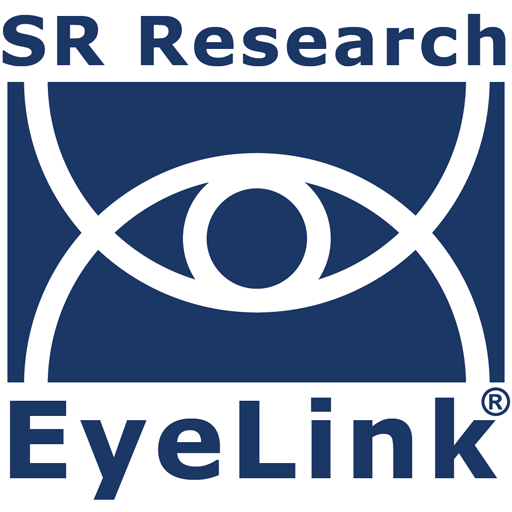
Estimated reading time: 5 minutes
It is not uncommon to see an adult hold up a finger and move it across a baby’s field of view to determine if the baby can fixate and follow the finger’s movement with his eyes. There is great interest in babies meeting milestones in order to assess health and, if necessary, provide support. Can, in fact, my baby track a finger? At what age is my baby supposed to be able to do this? But instead of thinking in a specific number of months, it might be better to ask – what is the time period over which object tracking develops?
As with most things, an ability does not simply appear overnight. Further, there is variability in most behaviors. Accordingly, current research suggests that object tracking develops rapidly between two and six months of age. By seven months, infants are generally tracking objects with their eyes rather impressively but will not reach adult levels until well into childhood.
Looking at object tracking more in depth, it is important to understand three types of eye movements necessary to follow an object. These are saccades, smooth pursuit, and vergence eye movements. All three eye movements need to be online for a baby to pursue an object.
Types of Eye Movements
During object tracking, people use smooth pursuit eye movements to follow a moving object, saccades to catch up to the object when smooth pursuit is off-track, and vergence shifts to manage the depth of the tracked object.
Smooth Pursuit
Smooth pursuit eye movements are used to fixate and follow a moving object. These eye movements are slow and function to maintain the moving object on the fovea, which enables highly detailed vision. Interestingly, most people are unable to make these eye movements without a moving object to follow.
Saccades
Saccades are rapid eye movements that quickly change a person’s fixation to a different interest area. In fact, “saccade” is French for jerk or jolt, indicating a fast, abrupt motion. Saccade lengths can also be small or large. Unlike smooth pursuit eye movements, saccades can be within or outside of our control.
Vergence
For smooth pursuit and saccade eye movements, both eyes synchronously move in the same direction. In contrast, for vergence eye movements, the eyes move in opposite directions, so the object falls directly on the fovea of each eye to enable detailed vision. If the object is near, the pupils will converge towards each other for the target to fall on the foveas. On the other hand, if the object is further away, the pupils will diverge from each other for this to happen. Vergence (convergence or divergence) along with lens and pupil size adjustments allow people to clearly focus on an object in three-dimensional space.
What Age Do Babies Track Objects?
Babies’ vergence responses appear to be online in their second month although the accommodation system, as a whole, is still relatively insensitive to depth changes.
A comprehensive eye-tracking study with infants by Christina Pieh, Frank Proudlock, and Irene Gottlob provides insight into the development of smooth pursuit and saccadic eye movements in the context of object tracking. Within the first two months of age, smooth pursuit eye movements are present (and this result is consistent across a number of studies, e.g., here, here, and here); however, at this early age, smooth pursuit eye movements are quickly over and substantially lag behind the moving object. Object tracking is, in fact, very saccadic during this period.
Christina Pieh, Frank Proudlock, and Irene Gottlob, however, indicate that the ability to track objects quickly develops between 2 and 6 months of life. In addition, the number of catch-up saccades decreases during this period. The authors indicate that any further development is still slow and incomplete by 18 months. In fact, children’s smooth pursuit ability does not reach adult levels until seven or eight years of age or even older. It is important to note that, just as with adults, the ability of infants and children to track objects depends on a wide range of factors, including an object’s speed and shape.
Contact
If you would like us to feature your EyeLink research, have ideas for posts, or have any questions about our hardware and software, please contact us. We are always happy to help. You can call us (+1-613-271-8686) or click the button below to email:

 Highly Cited EyeLink Articles
Highly Cited EyeLink Articles